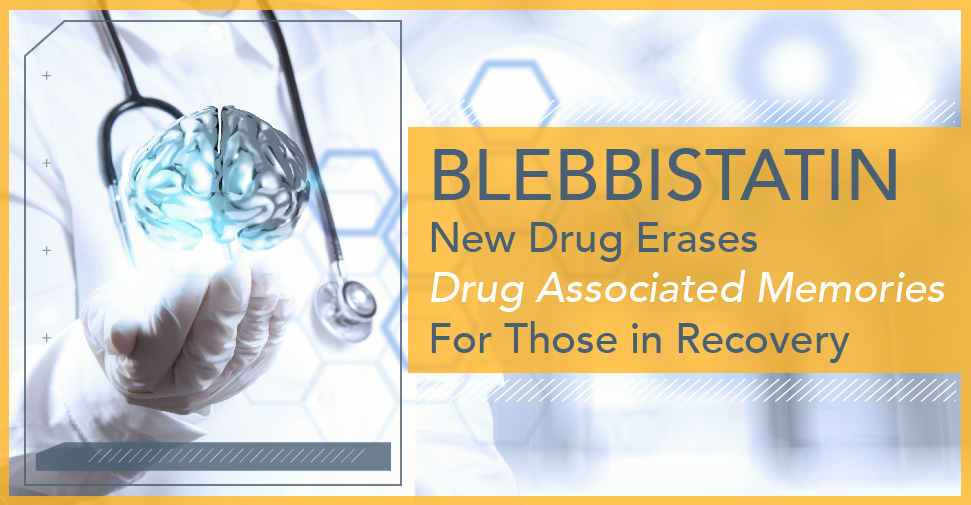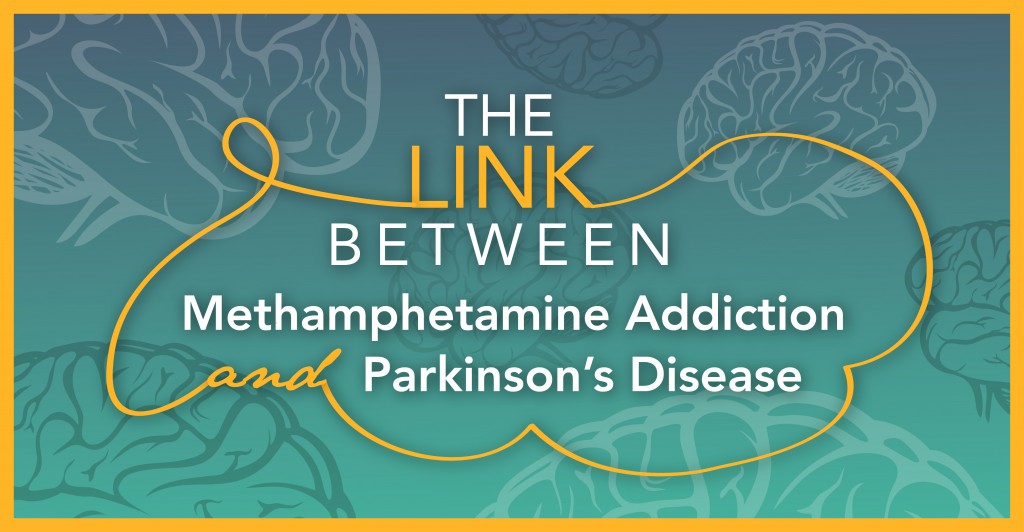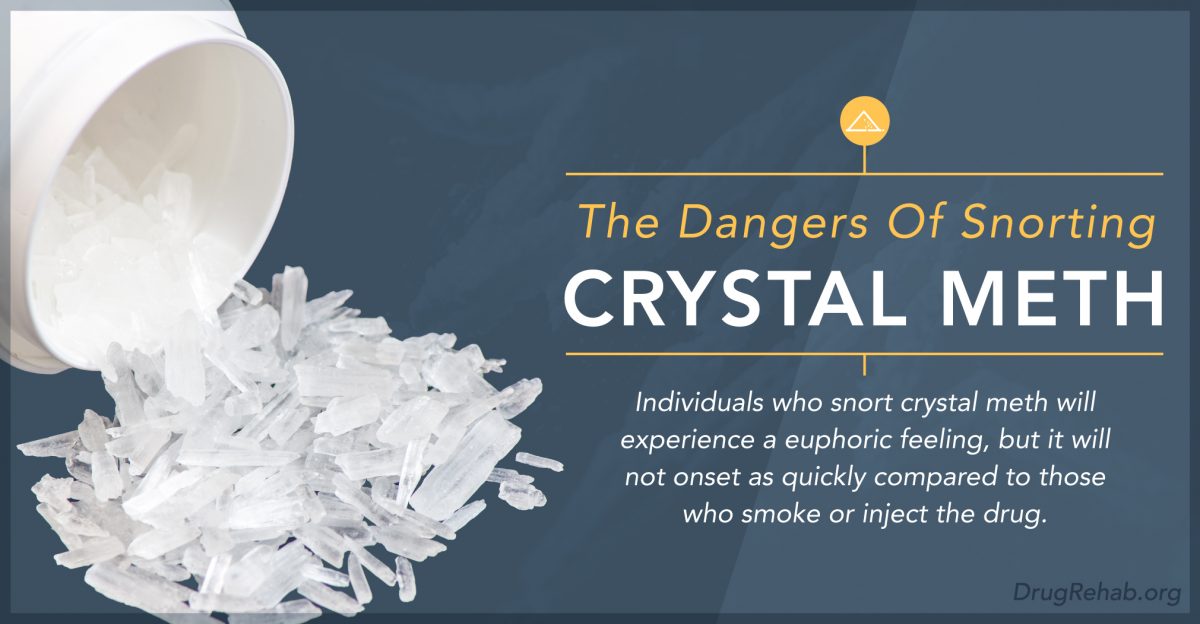
The method of abuse (orally, snorting, injecting) of a drug can alter the effects on the mind and body in different ways. People snorting heroin will feel its effects within three to five minutes, yet people snorting crystal meth may not feel the effects as quickly.
 Methamphetamine also comes in several different forms, from a powder “crystal” form that can be processed into a rock, or “ice, form. There is also a liquid form that can be injected.
Methamphetamine also comes in several different forms, from a powder “crystal” form that can be processed into a rock, or “ice, form. There is also a liquid form that can be injected.
Dangers of snorting crystal meth include addiction and various physical and psychological symptoms. The symptoms that occur during and after abusing crystal meth can vary from mild to severe. Methamphetamine abuse has the potential to cause permanent damage to the brain.
Other risks of chronic meth abuse include:
- anxiety
- confusion
- insomnia
- extreme mood swings
- violent behavior
- weight loss
Individuals struggling with addiction to crystal meth may exhibit paranoia, visual and auditory hallucinations, and delusions, like the sensation of snakes under one’s skin. It is possible, in some cases, for these symptoms to last for months, possibly years after meth abuse has stopped.
Possibly the most dangerous stage of meth abuse happens when someone has not slept for three to 15 days and is irritable and paranoid. This behavior is often referred to as “tweaking.” The individual will crave more meth, but will find it difficult to achieve the original high.
This can cause them to become frustrated, and, at times, exhibit unstable behavior. People going through a tweaking spell can appear normal—clear-eyed, concise speech and movements. However, under close observation, their eyes are actually moving much faster than normal, and their voice has a slight quiver.
Due to the unpredictable response to tweaking, individuals who abuse meth have an increased chance of risky behaviors, including: involvement in domestic disputes, impulsive crime participation, and car accidents.
Are you or a loved one suffering from addiction?
Don't wait, get the best treatment options today
Call Now: (833) 473-4227Short-Term Effects Of Snorting Crystal Meth
While under the influence of meth, individuals may exhibit several physical and psychological symptoms. These can include:
- brief rush, euphoria, surge of energy
- increased physical activity
- increased blood pressure and breathing rate
- dangerously elevated body temperature
- loss of appetite
- sleeplessness
- paranoia, irritability
- unpredictable behavior
- performing repetitive, meaningless tasks
- dilated pupils
- heavy sweating
- nausea, vomiting, diarrhea
- tremors
- dry mouth
- uncontrollable jaw clenching
- seizures and sudden death
The symptoms present in each person will vary depending on a few factors, including the purity of the meth, amount of meth taken, if a co-occurring disorder is present, and how long they have abused meth.
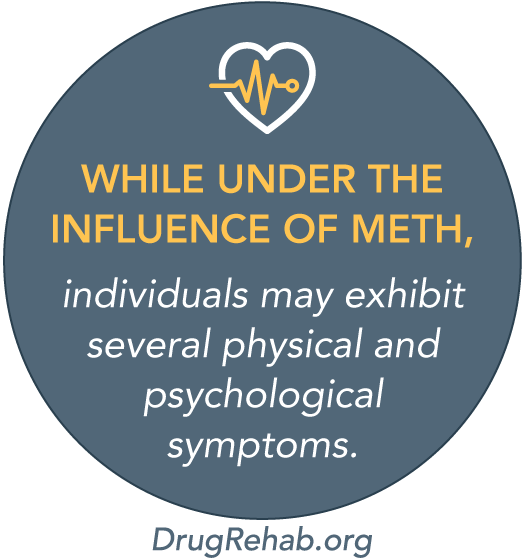
Long-Term Effects Of Snorting Crystal Meth
Negative, and sometimes severe, side effects can set in with chronic, long-term abuse of meth. These effects can include:
- damaged nerve terminals in the brain
- brain damage similar to Alzheimer’s or Parkinson’s disease
- high blood pressure
- prolonged anxiety, paranoia, insomnia
- psychotic behavior, violence, auditory hallucinations, and delusions
- homicidal or suicidal thoughts
- weakened immune system
- strokes, heart infection, lung disease, kidney and liver damage
- increased risky behaviors
- increased risk of accidental or unintentional death
When meth is abused by a pregnant individual, their baby may suffer cardiac defects, cleft palate, and other birth defects.
How Meth Affects The Brain
Meth is an extremely strong psychomotor stimulant, which mimics the actions of certain neurotransmitters (chemicals) in the brain that affect mood and movement. Once meth reaches the brain, it produces a rapid release of dopamine (happy hormone), which is responsible for the initial “rush” felt by those using the drug.
The brain remains in an alert state, even after the initial rush has passed. This keeps the person under the influence of meth on edge. After the effects of meth have worn off, the brain is depleted of dopamine, causing a depressed state.
Meth can easily become addictive to those who abuse it because the highs are so intense and the lows are so awful. It is also possible for meth to cause damage to the nerve endings in the brain. This can lead to increased risk of early-onset of disease, like Parkinson’s disease.
Crystal Meth: What Are You Actually Snorting?
Meth first came to the U.S. in the 1930s and, by 1970, was made illegal as a part of the U.S. Drug Abuse and Regulation Control Act. Production and trafficking rose again in the 1990s, in relation to the organized crime in the southwestern U.S. and Mexico.
The active ingredients in methamphetamine are pseudoephedrine or ephedrine. These ingredients are commonly used in the production of antihistamines or allergy medications. After meth was made illegal, the production of the drug was no longer regulated.
People began making the drug at home with ingredients around the house. These ingredients can include: acetone, rubbing alcohol, iodine, gas additives, starter fluid, drain cleaners, tips of matches, paint thinner, rock salt, and lithium gathered from batteries.

Due to the many variations in the meth-making process, and how exact it needs to be to remain a higher quality, these “homebrews” often produce low-quality meth riddled with additives that can be potentially harmful. If someone doesn’t cook out some of these harmful ingredients, they can cause a slow poisoning, or potentially death, to occur.
While any amount of meth can be harmful, taking meth with unknown amounts of additives can be far more dangerous.
Treatment Options For Crystal Meth Abuse And Addiction
Treating addiction to crystal meth can be difficult because it is such a highly addictive drug. Formal treatment starts with initial detox from the drug, ridding it from the individual’s system. Currently, there are no approved medications for treating withdrawal from meth.
Formal treatment will typically involve some form of therapy intervention that will aim to change the behaviors that lead to addiction in the first place.
To learn more about the dangers of snorting crystal meth, and addiction to meth, contact us.
For More Information Related to “The Dangers Of Snorting Crystal Meth” Be Sure To Check Out These Additional Resources From DrugRehab.org:
- 5 Signs Of Methamphetamine Abuse
- What Is The Difference Between Amphetamine And Methamphetamine?
- How Long Does Methamphetamine Stay In Your System
- Methamphetamine Overdose Treatment
- Signs Of Methamphetamine Psychosis
Sources
National Institute on Drug Abuse—How is methamphetamine abused?
University of Maryland, Center for Substance Abuse Research—Methamphetamine




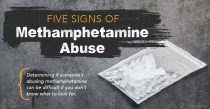


 Someone with a meth problem may constantly need to borrow money to fund their habit, even if they have a job. Friends and family members will do what they can to help their loved one, but sometimes without realizing they may be enabling them. Teenagers and students get a lot of their spending cash from parents, so as parents, it can be important to have an idea where that money’s going.
Someone with a meth problem may constantly need to borrow money to fund their habit, even if they have a job. Friends and family members will do what they can to help their loved one, but sometimes without realizing they may be enabling them. Teenagers and students get a lot of their spending cash from parents, so as parents, it can be important to have an idea where that money’s going.
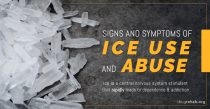



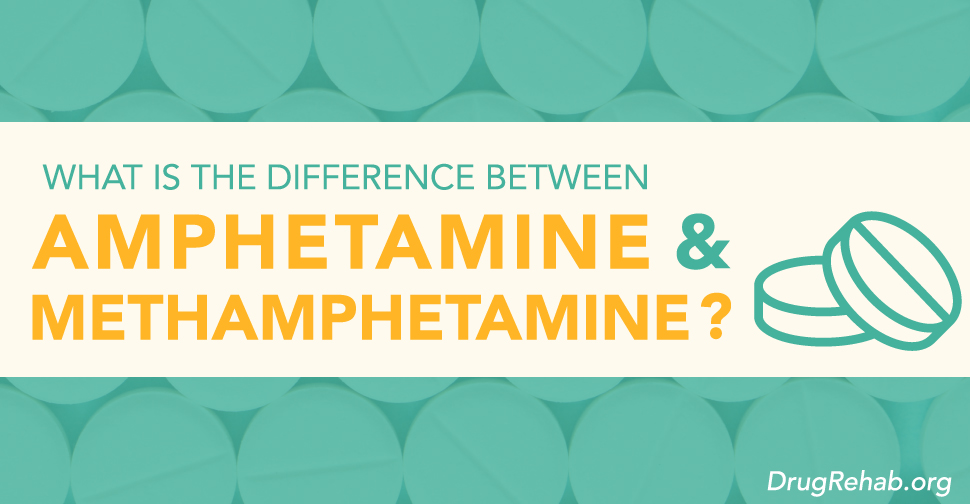

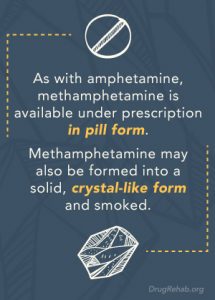 As with amphetamine, methamphetamine is available under prescription in pill form. When people abuse it, they also crush and snort it, or mix it with water to make a solution to inject. But methamphetamine (commonly called meth) may also be formed into a solid, crystal-like form and smoked.
As with amphetamine, methamphetamine is available under prescription in pill form. When people abuse it, they also crush and snort it, or mix it with water to make a solution to inject. But methamphetamine (commonly called meth) may also be formed into a solid, crystal-like form and smoked.
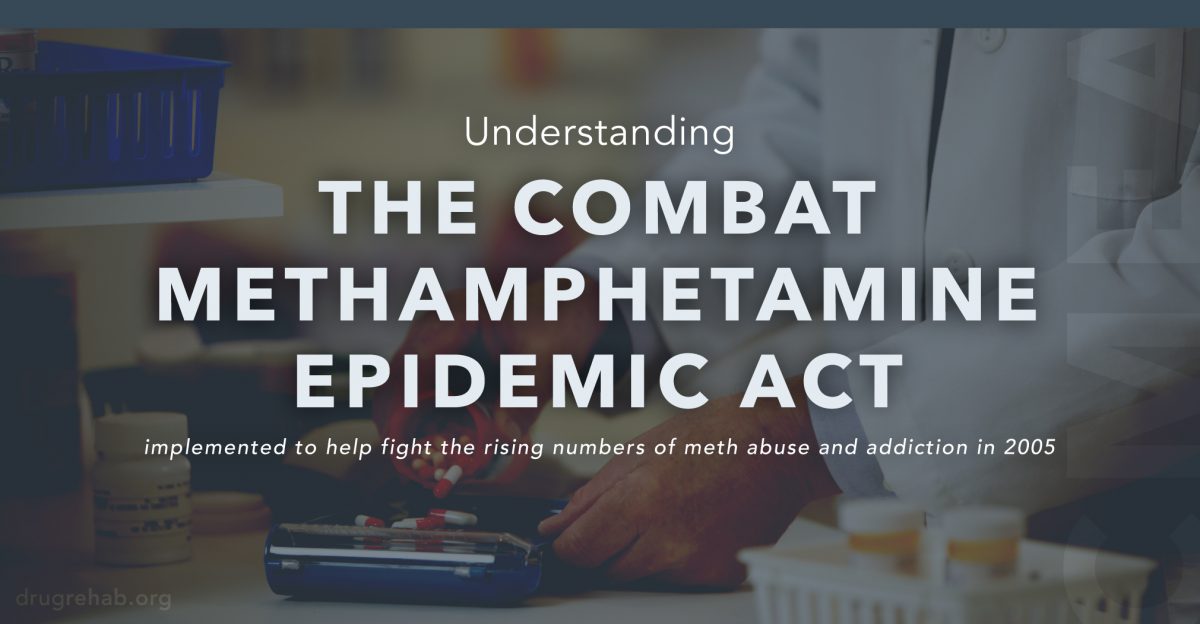
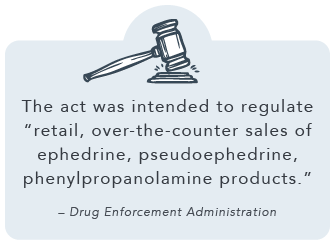

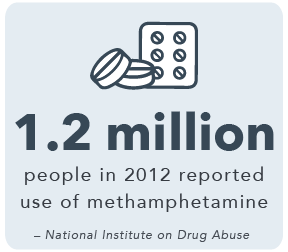
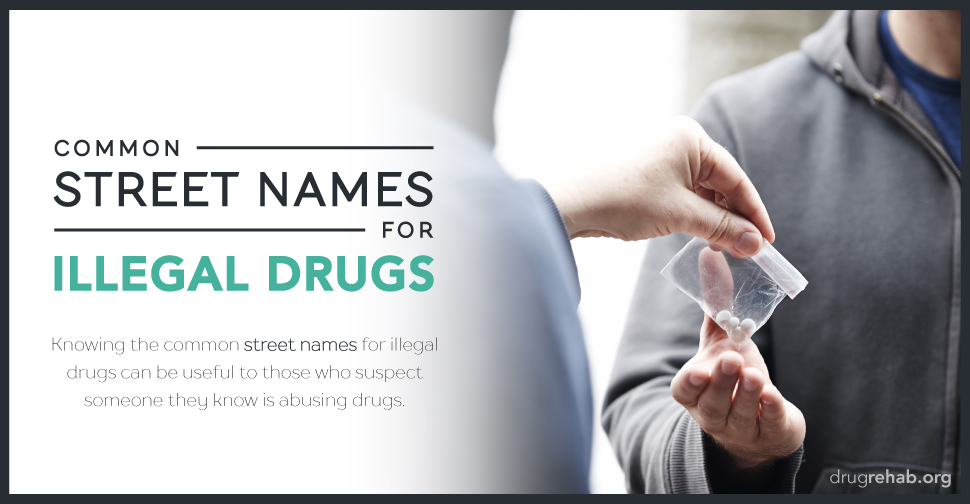



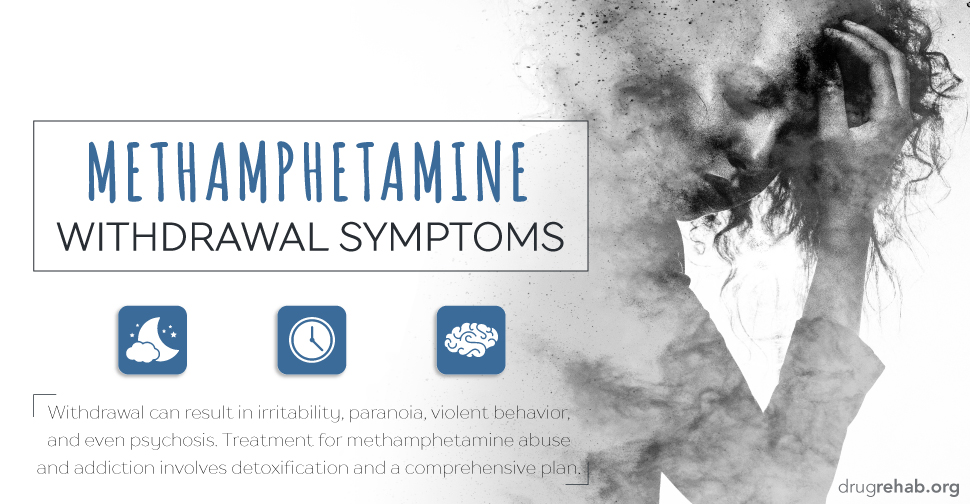



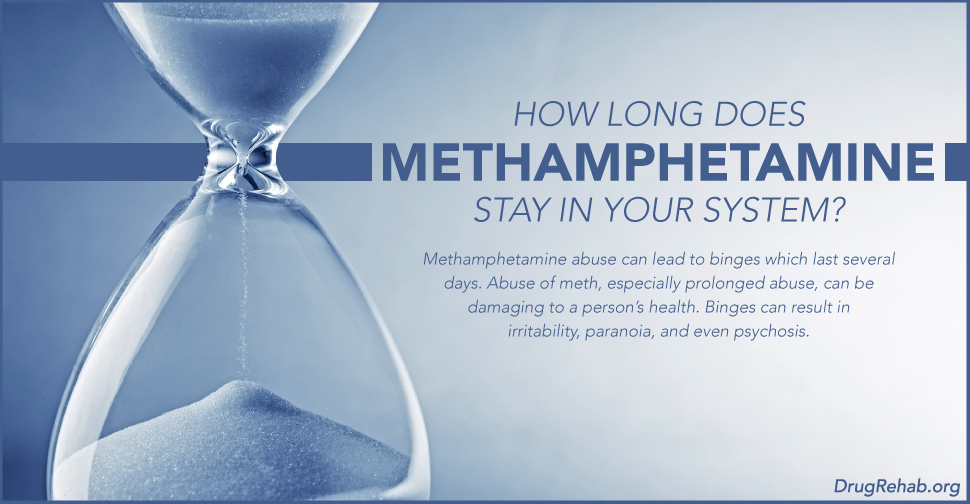
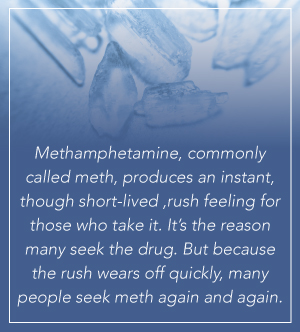
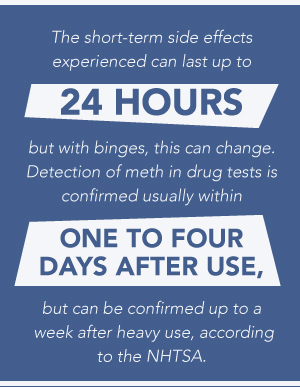

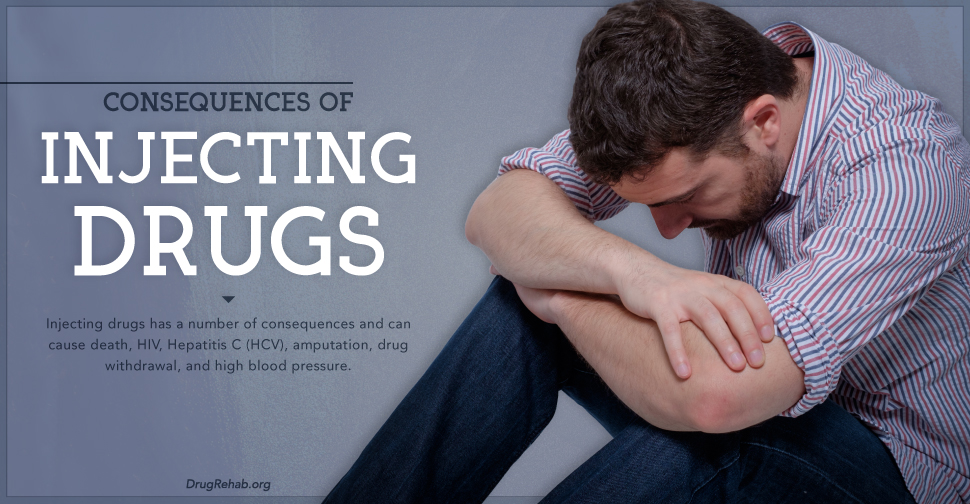
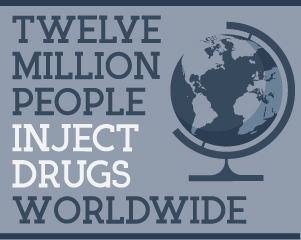 Injecting drugs is the act of putting a drug, in liquid form, right into the bloodstream to achieve the effects of the drug–this is done using a hypodermic needle and syringe or another source of injection. The most common street drug used for injection, or “shooting up”, is heroin, which is an opioid drug derived from the Asian opium plant and converted to morphine once in the body. There are a variety of different drugs that can be injected to the bloodstream–some of these drugs used may not be commonly associated with addiction and injection.
Injecting drugs is the act of putting a drug, in liquid form, right into the bloodstream to achieve the effects of the drug–this is done using a hypodermic needle and syringe or another source of injection. The most common street drug used for injection, or “shooting up”, is heroin, which is an opioid drug derived from the Asian opium plant and converted to morphine once in the body. There are a variety of different drugs that can be injected to the bloodstream–some of these drugs used may not be commonly associated with addiction and injection.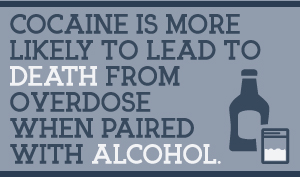 The fastest way to get the effects of drug into the blood is to inject it into the bloodstream, and though cocaine is most commonly associated with snorting or smoking, there are some users who prefer to shoot it up. According to the
The fastest way to get the effects of drug into the blood is to inject it into the bloodstream, and though cocaine is most commonly associated with snorting or smoking, there are some users who prefer to shoot it up. According to the 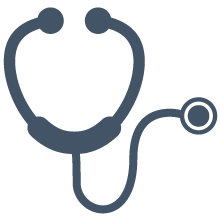 According to the
According to the  A person who injects a drug is vulnerable to various other health consequences. Blood infections and bacterial infections can occur in the user from using dirty needles or from repeated injection of a drug. Sometimes when an inject-able drug is abused, it can block off the blood from the arm or leg and amputation is necessary.
A person who injects a drug is vulnerable to various other health consequences. Blood infections and bacterial infections can occur in the user from using dirty needles or from repeated injection of a drug. Sometimes when an inject-able drug is abused, it can block off the blood from the arm or leg and amputation is necessary.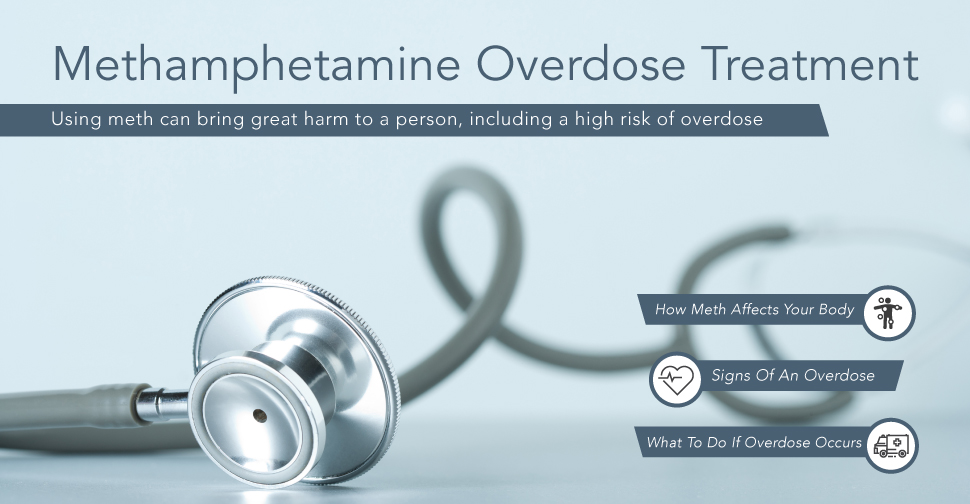
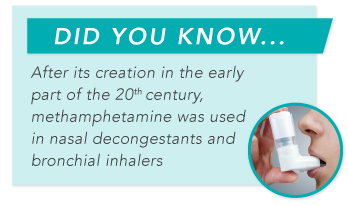

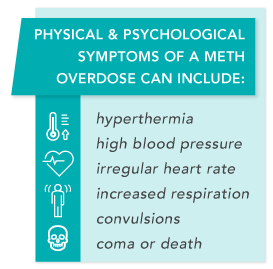 Agitation
Agitation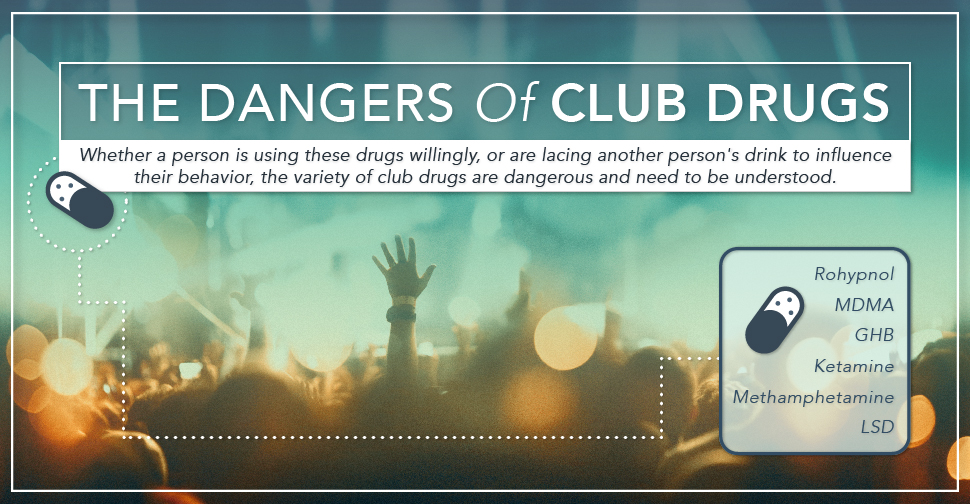






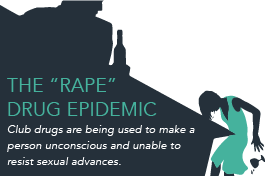 As mentioned previously, many club drugs (
As mentioned previously, many club drugs (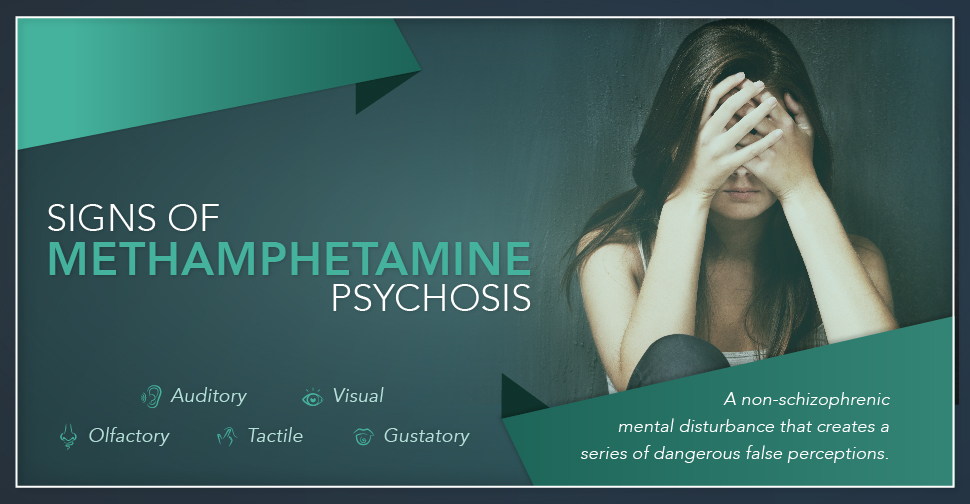
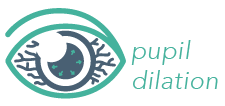 hallucinations, including:
hallucinations, including: Olfactory (odors that don’t exist, such as the smell of rotting flesh)
Olfactory (odors that don’t exist, such as the smell of rotting flesh)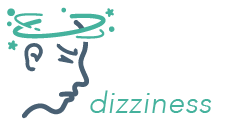 Delusions are another common symptom of methamphetamine psychosis. Delusions are false beliefs that don’t coincide with reality. Common delusions include persecution (being pursued by higher authorities), grandeur (feeling important or powerful), references (connecting random events to their lives), control (people are manipulating behaviors),
Delusions are another common symptom of methamphetamine psychosis. Delusions are false beliefs that don’t coincide with reality. Common delusions include persecution (being pursued by higher authorities), grandeur (feeling important or powerful), references (connecting random events to their lives), control (people are manipulating behaviors),
 Though
Though 